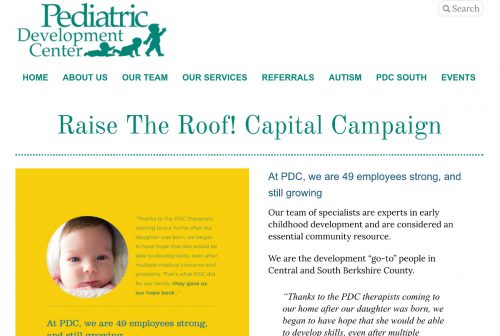“Makes me hate WordPress”
“Got to change to keep up”
“Rage inducing”
“Everyone loves progress but nobody likes change”
“This is bad!”
“Nice builder”

These are some reactions to the decision by WordPress to have a block page builder they are calling ‘Gutenberg’ become the default page editor starting in WordPress 5.0.
These are reactions to the Plugin version of Gutenberg that has been made available prior to the functionality being included in ‘core’ WordPress. Core means it will be one of the default interface screens in the Dashboard.
The Sky Is Not Falling
However, WordPress will still make the standard editor available as a free Plugin for people who do not want to use the Gutenberg editor. If you don’t like it, you don’t have to use it.
Some of the reviews come from developers who work with WordPress. These folks tend to abhor any addition to WordPress that they see as non-essential to the base function of the software. So, there will always be resistance, especially to something they see as a ‘design helper’.
Rank And File

Brochure slideshow by Tom Stier
And some reaction is coming from users who have been comfortable making Pages using the default page editor and trying out an in-progress Plugin version of Gutenberg. From the 2.3 stars rating for the Plugin, it’s apparent that some bugs are still being worked out.
The impetus behind this change to Gutenberg seems to be a desire by the main dev team of WordPress to compete with with commercial do-it-yourself website builders.
If that is WordPress’s strategy, Gutenberg has a way to go before it can compete with visual page builders such as WP Bakery and others already available as Plugins for WordPress.
Building an a interface where one can drag elements, like images and video, and columnar layouts onto a blank webpage has been a dream of all the website builders going back to Dreamweaver and Adobe Go-Live.
In our experience, page builders are fine as long as you don’t drop an element inside another element (or two) and then find the page goes wonky! In those cases, your remedy is to correct the HTML or start over.
Change Is Good
Our take is that Gutenberg should be a fine intermediate step for WordPress users who might want to display two or three columns in their Posts or perhaps a full-width image with a text overlay. It’s fun to tart up a Post that way.
We are here to help folks decide if they want to use Gutenberg, and if they do, we are ready to help them master a few moves they would like to add to their ‘bag of tricks’.
This will be a step forward for WordPress and we look forward to the development team polishing any rough spots.
